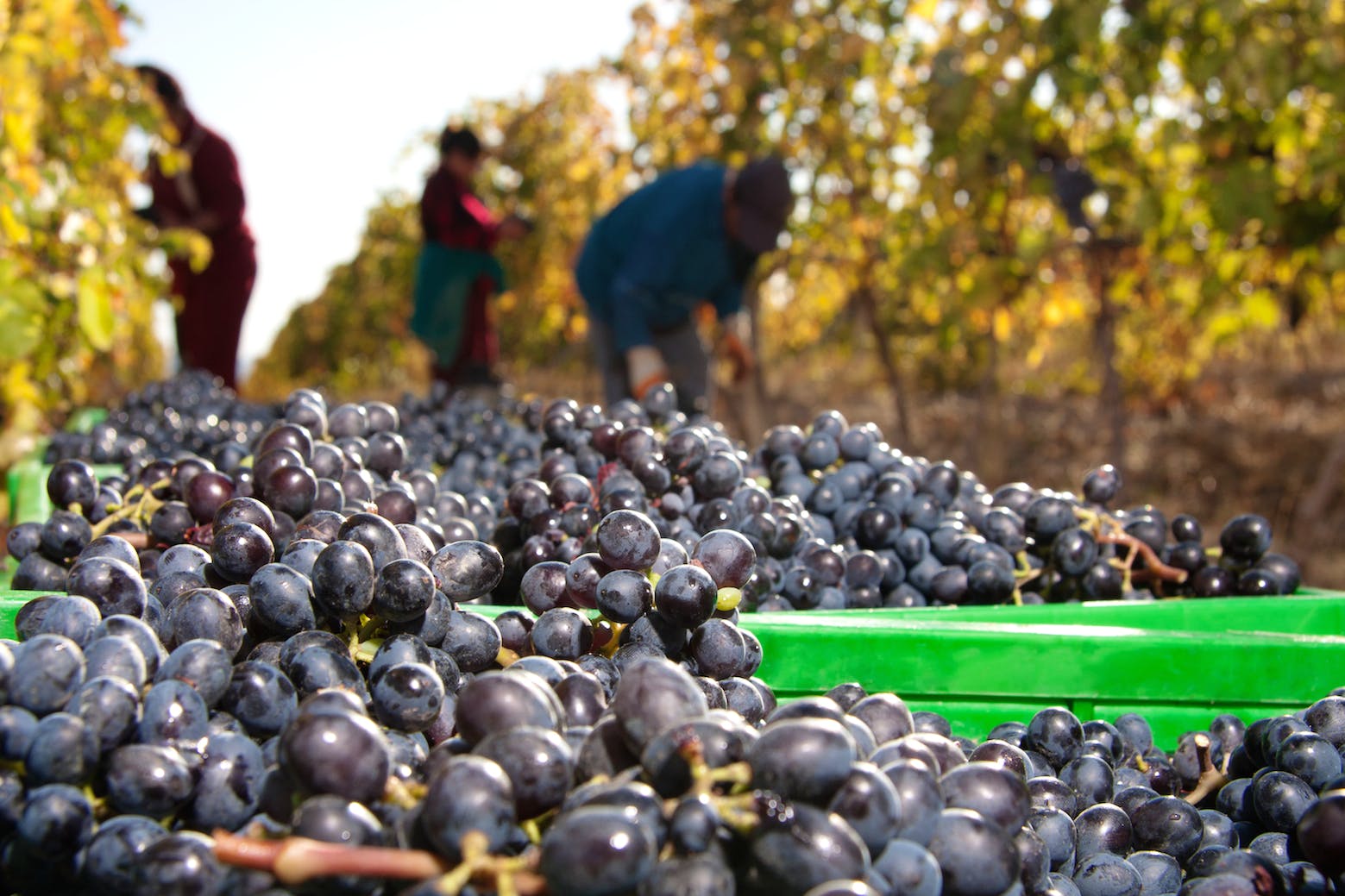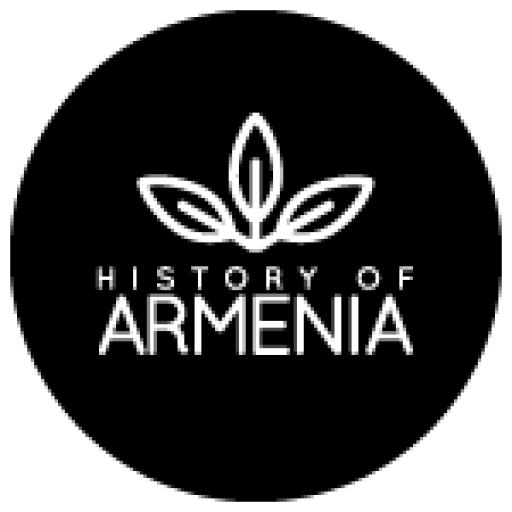Henry Jeffreys visits a country rediscovering its viticultural riches.
Every 100 metres or so on the main road to Iran that runs through the Vayots Dzor province of Armenia there is a stall selling tomatoes, watermelons and Coca-Cola. I was with an Italian-Armenian businessman Zorik Gharibian and his wife Yeraz, and they suggested we stop at one. On closer inspection those bottles didn’t contain Coke, it was red wine cunningly packaged to smuggle into the Islamic Republic of Iran. We went into the nearby house and there was the winemaker, Haykaz Karapetyan, cigarette in mouth making that year’s wine in plastic bins. ‘No chemicals,’ he said. This was proper natural wine. It smelt good, like a young Beaujolais with the same floral quality. We then went into his cellar to try some older vintages. The 2015 had a distinct tang of vinegar. The 2012 tasted of old socks.
The Gharibians make wine too and from the same grape, Areni Noir, but it is rather different. Their nearby winery is called Zorah and their red, Karasi, costs about £25 in London shops. They are both diaspora Armenians, Zorik brought up in Italy and Yeraz in London and New York. They wanted to buy a vineyard in Tuscany but following a visit to the mother country in 1998 decided to make wine in Armenia. ‘It was like I’d come home,’ Zorik tells me. In 2000 they came across the region around the town of Areni (after which the variety is named) which turned out to be a viticultural paradise. It’s phylloxera (a pest of commercial grapevines) free – though other parts of Armenia are not; there’s plenty of sunshine but the grapes preserve their acidity. ‘Freshness comes naturally because of altitude,’ Zorik explains.
The landscape with its precipitous cliffs, caves and ancient monasteries would be the perfect setting for a new Indiana Jones film. The arid mountains are peppered with bright spots of cultivation, including Zorah’s main vineyard thanks to a recently constructed irrigation pipe built with money from the World Bank. After they bought the land, experts in Armenia and back in Italy advised them to plant Cabernet Sauvignon. ‘When we said we wanted to do something with local varieties people were laughing at us,’ Zorik says. Italian oenologist Alberto Antonini, though, saw the potential in Areni Noir. After years of experimentation with different Areni clones, they planted the vineyard in 2006.

The first vintage was 2010. Straight away they knew that they had made something exceptional, but it hasn’t been easy. In the early years they made wine in a garage. It took an age to build their new winery because in Zorik’s words ‘the locals still have a Soviet mentality’. Apparently in their province there is only one cement mixer. In order to make wines to their exacting standards, they import almost everything from Italy; the presses, the fermentation tanks, the barrels, even the bottles, labels and the boxes. The Gharibians had no idea how much they have spent on the project. ‘In winemaking you don’t do the maths,’ as Zorik put it.
As well as local varieties, they wanted to use traditional Armenian winemaking techniques including ageing in amphora clay pots (karasi in Armenian). Initially they aged some of the wine in barriques, which impart flavours from the wood, but now they just use amphora and Italian botti (giant wooden barrels that don’t add any flavour). You can taste the results. The recent vintages have a whole new vivacity. Zorah make a special cuvee, called Yeraz (after his wife, the word means dream in Armenian), from an unirrigated abandoned vineyard 1600 metres above sea level and around a 100 years old. It’s a good 45 minute drive up the mountain in a 4×4. Actually vineyard isn’t quite the right world as the Areni vines are basically growing wild amongst boulders and walnut trees. ‘So exciting when we discovered the vineyard. Zorik and Alberto were like kids in a sweet shop,’ Yeraz says. The yet to be released 2014 is undoubtedly one of the finest wines I have tried this year.
From the Zorah winery you can see a gaping cave in the cliffside. Here archaeologist Boris Gasparyan has found evidence of winemaking from about 4,000 BC. He showed me around the partially excavated site, it is not open to the public, and pointed out the jars that looked uncannily like Zorik’s amphora. He then pointed to other jars which contained traces of bones and blood probably from human sacrifice. Or a party that got out of hand. Evidence of Armenia’s ancient wine culture is everywhere. There are grape motifs on monasteries, churches and even on Soviet era buildings. I saw wild vines, vitis sylvestris, growing by a river and dotted around the country, by the side of the road, in restaurants and family houses, are amphora like the ones at Zorah winery.

Nobody uses them for making wine anymore. Nobody even knows how to make them so the Gharibians dig them out of people’s basements. Armenia has lost touch with its vinous roots. Following World War One and the massacres by the Turks, Armenians scattered around the world or were reduced to this mountainous country which was then invaded by the Bolsheviks. Armenia ‘caught between the hammer and the anvil’, as the saying goes. It gives you some idea of how the Armenians suffered under the Ottomans that they aren’t particular bitter about Russian rule. But it was disastrous for wine. ‘Soviets broke the link completely,’ says Zorik. Central planning designated Georgia for wine and Armenia for brandy. Zorah have an amphora made in 1957 but shortly afterwards people stopped making them and then their own wine.
There was more misery to come (something of a theme in Armenian history) in the shape of the 1988 earthquake, and, following the collapse of the Soviet Union, war with Azerbaijan over Nagorno-Karabakh. It still feels like a precarious country. People half expect Turks, Mongols or Persians to come charging through at any moment. Nevertheless, Yerevan does have much of the trapping of a modern city with free wi-fi, craft beer and wine bars. At one, Wine Republic, I tried a selection of good simple wines from small producers including Van Ardi and Sarduri. Quality wine of this sort has only been made in Armenia recently. ‘You couldn’t drink this stuff five years ago,’ Zorik says, pointing to a bottle. Wine bars, though, are only for the well off. Bottled wine is too expensive for most people.
The Gharibians aren’t the only diaspora Armenians involved with the wine business. Vahe Keushguerian, originally from Lebanon with spells making wine in Italy, runs a wine consulting company based in Yerevan called Semina Consulting. They have recently set up a nursery to supply Armenian winemakers with native varieties. But his biggest project, Karas, is based largely on international grapes and despite the name does not use amphora. It was set up by Eduardo Eurnekian, an Argentine-Armenian who made his fortune in airports including Yerevan’s. Superstar French oenologist Michel Rolland is also involved. The 2013 Reserve, made from Petit Verdot, Montepulciano and Tannat, I tried was not one of his finer efforts being grotesquely overripe and over-oaked.

Zorik is fiercely opposed to non-native varieties. On my last night in Armenia I had dinner with the Gharibians, Boris the archaeologist and Marina Dallakyan and Iskuhi Manukyan from Yerevan University who are cataloguing indigenous grapes. They were appalled that someone is planning on planting Chardonnay to make wine for the Russian market. Their hope is that the international success of Zorah will inspire others to capitalise on Armenia’s viticultural riches. It’s a rich country in other ways with ancient monasteries (that anywhere else would be thronged with visitors), great food and fiercely proud friendly people.
After dinner Boris stood up and, glass in hand, made a toast that ended, much to my surprise, with a Robert Burns recitation: ‘My heart’s in the Highlands wherever I go.’ It reminded me of a line from a short story by William Saroyan about how Armenians carry their country within them and ‘when two of them meet anywhere in the world, see if they will not create a New Armenia.’ Zorik and Yeraz have done just this with Zorah. It could be the start of viticultural revival or, as Zorik says cheerfully, ‘it could all disappear tomorrow.’ It is Armenia after all.
Some Armenia wines to try…
Zorah Voski 2014
A white made from bought in grapes, Voskehat and Garandmak. It’s aged entirely in concrete to preserve the lemony freshness. It’s just starting to take on a little nuttiness with age.
Zorah Karasi 2013
Almost entirely amphora-aged and it really shows, floral and herby with tangy fruit. So vivid! A wine to fall in love with.
Highland Cellars Koor red 2014
Just one of the many wineries that Vahe Keushguerian works with. This blend of Areni and Sereni grown in Vayat Dzor shows what can be done at a more affordable level with native grapes. It’s juicy, fresh and delicious, like a Cru Beaujolais, and not a trace of old socks.

